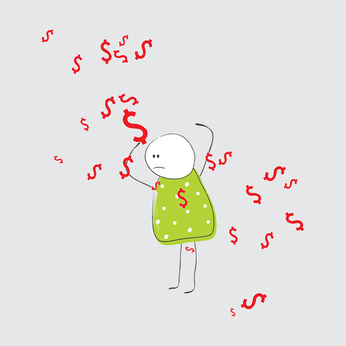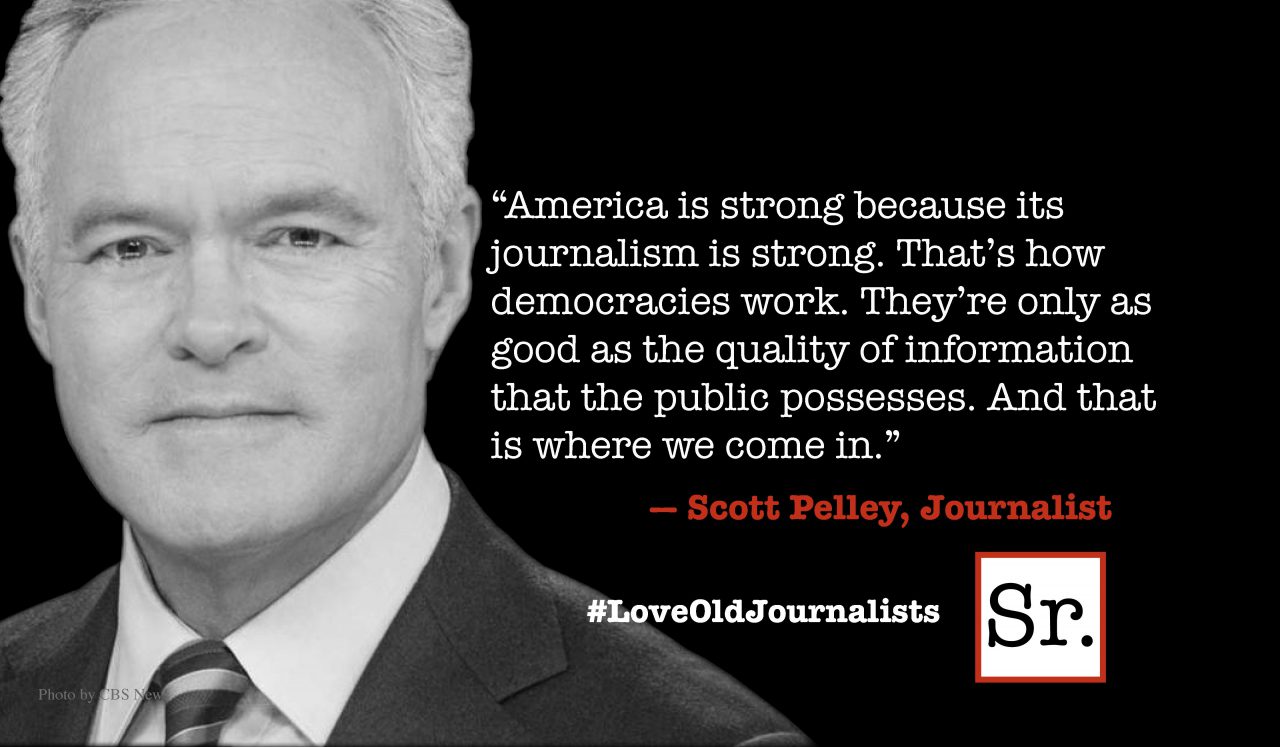First I got a panicked email. Shelley had been out of college for well over ten years and was still carrying school debt. She had run out of extensions and was being pressured to start paying again. She said she needed my help to get her money under control.
Once on the phone, I discovered she also had car payments, credit card debt, an “ex” who wasn’t making child-support payments, a mortgage and a maxed-out home equity line, just for starters.
The best news was that her “solopreneur” business was generating some steady income, although seemingly not enough.
Shelley had been reading my articles about financial control for awhile, but couldn’t seem to get herself to do anything I recommended, even though it made all the sense in the world. And now, here she was: she had unbearable pressure, no safety net, no retirement savings, and a lot of fear.
All the information in the world will do no good if it’s not followed by action. And inaction has a way of adding guilt to the already stressful fear. So why do people not take action?
Paralysis often comes from not knowing where to start. Despite good intentions, given too many options, as they say, “a confused mind does nothing.”
In this case, Shelley’s laundry list of financial priorities includes:
- Pay down credit card debt.
- Pay off school loans.
- Build an emergency fund.
- Save for children’s college.
- Save for retirement.
The truth is, before Shelley can tackle any of those issues, there is some basic work she needs to do. It has to do with getting connected with her money. As long as money is a distant element that is most often ignored, wishful thinking has real fertile ground on which to take hold and grow. And, at least in my experience, wishful thinking has never been a successful form of money management.
Making Money Real
In order to make money real, and develop an intimate relationship with it, I will work with Shelley to pin down exactly what she is spending, both in her personal life and in her business. It doesn’t matter how we do this, as long as it gets done. And we can only do it if there isn’t a single hint of judgment in the process.
Getting clarity is the key here; you can’t control something you can’t pin down.
The Path to Financial Control
It does no good to tackle everything at once at this stage. One thing at a time. And, in my experience, we should move in the following order:
Step One: Reduce Expenses
Our next step together will be to identify “leakers,” or ways she is spending money without awareness—and often without much pleasure — so they can be stopped. Then we’ll identify expenses that can be cut, even if just temporarily, so she can get her outflow equal to her inflow.
The target is to get to a place where the head chatter stops, where Shelley knows she can close out the month, even if there is little money left over. In that quiet space, it will be far easier to find ways to increase the income from her business, ways that seemed overwhelming while she was also worrying about how she’d pay one bill or another.
Step Two: Start Saving
No matter how small the amount saved, it’s critical to start saving just as soon as possible. There are two reasons for this:
- Without a cushion of some sort, any unexpected expense will throw the inflow and outflow out of balance again and recreate the old stress.
- Something magical happens when we start putting money aside in an account. The feeling of control and of being proactive reinforces all other efforts at money management.
Once started, saving money is one of the habits we never want to break. And it should remain our singular focus until we have around $1,000 set aside.
Step Three: Pay Down Debt
Once expenses are under control and a safety cushion is growing gently in a separate account somewhere, it’s time for Shelley to tackle her debt. There are several schools of thought on the order in which we should pay down our debts.
In my mentoring experience, the psychological high that comes from paying off individual debts quickly (by paying off the smallest ones first) is more important than the few dollars that would be saved overall by paying off the one with the highest interest rate first.
That’s why I recommend Dave Ramsey’s Debt Snowball method. J.D. Roth of Get Rich Slowly clearly explains Ramsey’s concept in an article called In Praise of the Debt Snowball.
Getting Help
Once these three steps are underway, Shelley will have the empowering feeling of financial control. No longer will she be spending without thinking, as if in response to triggers outside of herself. She’ll be on her way to working through her laundry list of financial priorities, until she’s debt-free with savings for emergencies, college and retirement.
I know what a difference it can make to have someone guide you, hold your hand and act as your cheerleader. (I’ve been doing that for years.) For the next month or so, I want to get as many people “launched” on that path as possible.
I’m offering individual one-hour sessions, at just $97, to move you through the initial steps as fast as possible. Two or three sessions should be enough. If you or someone you know could use that kickstart, just email me at sharonoday at gmail dot com.
That way, you can follow right behind Shelley on the path to financial control!









